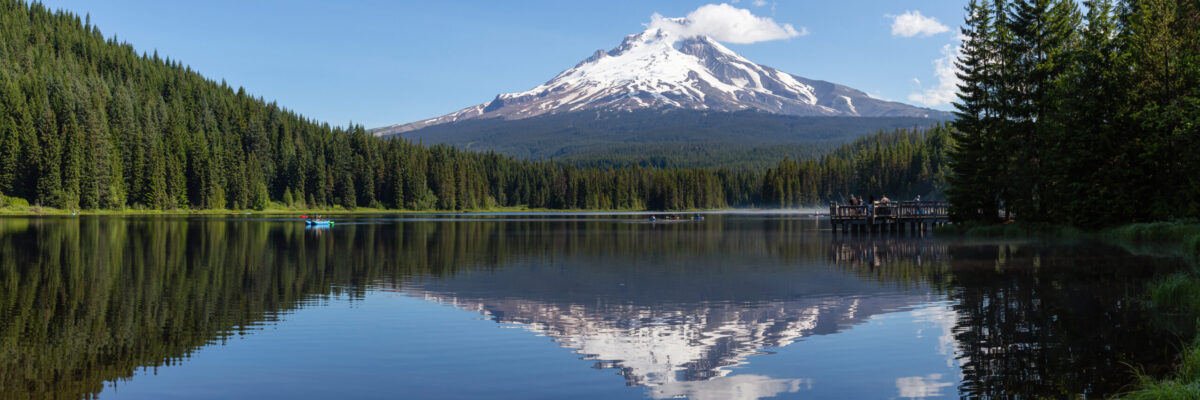By Mark Murphy, RG, PhD
Dating back to 2015, the United States Environmental Protection Agency (EPA) and the United States Army Corps of Engineers (the Agencies) have been attempting to simplify the definition of “waters of the US”(WOTUS). The idea was to make the law so simple that lawyers or environmental consultants were not needed. The Obama era Clean Water Rule (CWR) tried to use what the court called “unsupported (lateral) distance limitations,” which was enjoined (struck down) by the Court (North Dakota v. USEPA). During the Trump Administration, the Navigable Waters Protection Rule (NWPR) tried to base the rule on flow thereby eliminating ephemeral streams. This summer the judge in Pasqua Yaqui v. USEPA vacated the NWPR nationwide. There was trepidation on all sides awaiting the next move.
November 2021, the agencies took the advice given by the bench in Pasqua Yaqui v. USEPA and the proposed rule1 went back to the 1986 regulations as interpreted by subsequent United States Supreme Court rulings. Included was Justice Anthony Kennedy’s “significant nexus” test (see below) for probable downstream ecological effects. The judge in Pasqua Yaqui v. USEPA stated that the intent of the Clean Water Act, “to restore and maintain the chemical, physical, and biological integrity of the Nation’s waters,” could not be met by the NWPR or any rule based on arbitrary distance or flow limitations. It is ironic that the judge based her opinion, in part, on statements in both the CWR and NWPR that the pre-2015 definition is “familiar to and well understood by the agencies, States, Tribes, local governments, regulated entities, and the public.”
The significant nexus analysis is well-known to most natural resources consultants, including NV5 scientists and engineers. For those not familiar with it, Kennedy (and subsequent Corps guidance) indicated that a significant nexus existed if the waters, “. . . either alone or in combination with similarly situated lands in the region, significantly affect the chemical, physical, and biological integrity of other covered waters . . . “ that are not “speculative or insubstantial.” We can probably expect additional guidance from the Agencies in the next few years. It will likely rely on the 2015 Agency report, Connectivity of Streams and Wetlands to Downstream Waters: A Review and Synthesis of the Scientific Evidence, posted at: https://cfpub.epa.gov/ncea/risk/recordisplay.cfm?deid=296414.
The proposed rule accepts the judicial opinion in County of Maui v. Hawaii Wildlife Fund that groundwater-to-surface-water discharge can be a “functional equivalent of a direct discharge from a point source to a water of the United States.” This suggests that groundwater transport analysis could become part of some future Clean Water Act permitting decisions by the agencies; something environmental groups have been requesting for many years. Should you have any questions or need assistance, please contact Mark Murphy at 520.638.7270 or mark.murphy@nv5.com.
1The rule actually is in ‘pre-publication’ status pending comments from the public. It can be found at: https://www.epa.gov/system/files/documents/2021-11/revised-definition-of-wotus_nprm_pre-publication_version.pdf

